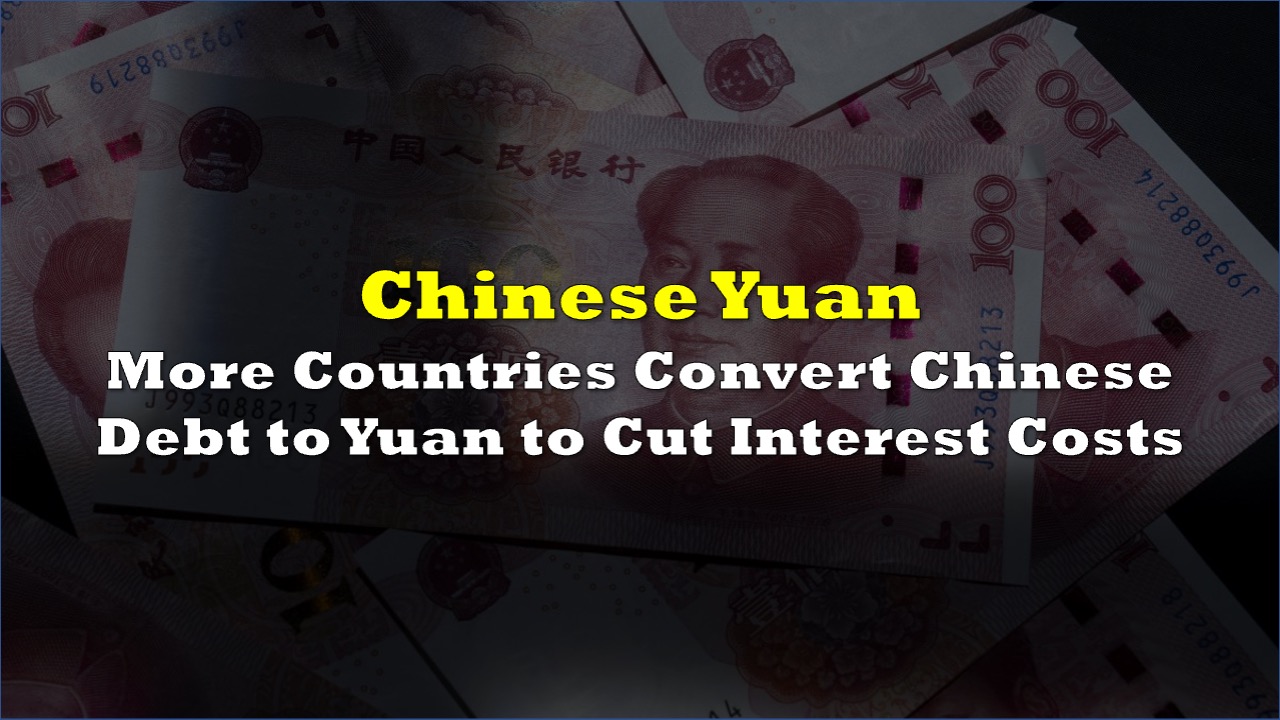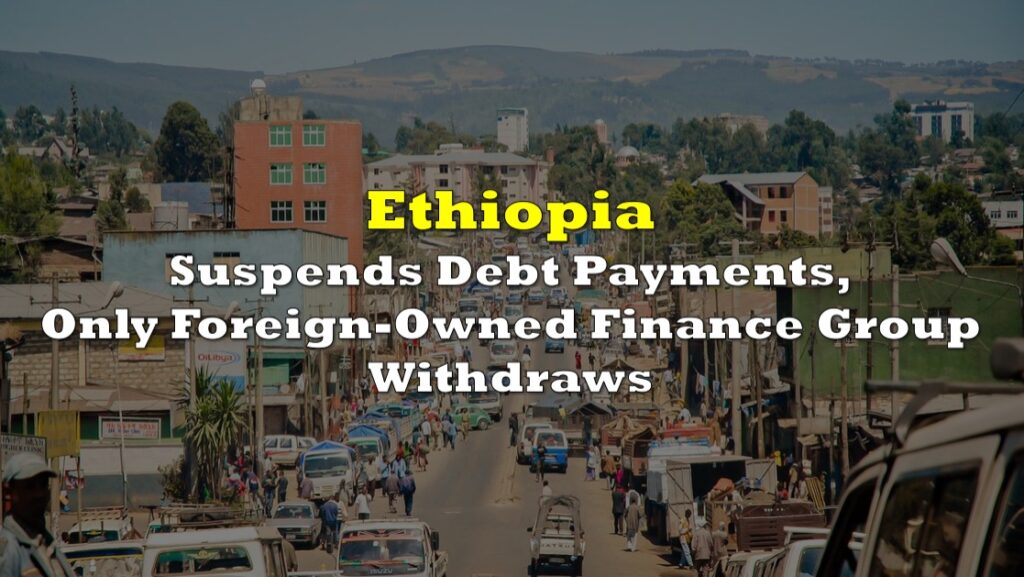Kenya and Ethiopia are restructuring billions in Chinese debt, abandoning the US dollar for yuan-based repayment in deals that slash interest expenses while advancing Beijing’s push to expand its currency’s international reach.
Kenya finalized a $3.5 billion currency swap in early October, Finance Minister John Mbadi announced. The restructuring cuts Kenya’s annual debt payments to China by roughly $215 million.
“It kicks off immediately and it is a saving in our fiscal space,” Mbadi told reporters early this month.
Incredible news coming out of Africa, where countries are converting their dollar debts to Chinese RMB/yuan!
— S.L. Kanthan (@Kanthan2030) October 20, 2025
First, it was Kenya, and now Ethiopia.
China, the world’s largest manufacturing and trading country, obviously will have an international currency.
So, this shouldn’t… pic.twitter.com/vRSEAapfRr
Kenya’s agreement converts the railway construction financing that China’s Export-Import Bank provided between 2014 and 2015. The government originally borrowed $5 billion to build rail connections from its coastal port in Mombasa inland to Naivasha, a town northwest of Nairobi.
The yuan-based loans carry significantly lower costs. The swap drops interest rates from approximately 7.25% on dollar loans to roughly 3% for yuan financing, reducing Kenya’s exposure to dollar fluctuations that compound repayment burdens.
Ethiopia now seeks similar relief. The National Bank of Ethiopia opened negotiations with Chinese lenders in September to convert portions of the country’s $5.38 billion obligations, Governor Eyob Tekalign confirmed during International Monetary Fund meetings in Washington on October 17.
“China is a key partner for us, with rising trade and investment flows,” Tekalign said. “It is sensible to explore a currency swap, including partial debt conversion.”
Both governments confront severe fiscal pressure. Kenya carries debt equivalent to nearly 70% of its economic output. Ethiopia defaulted on foreign obligations in 2023 and is currently negotiating a restructuring for approximately $15 billion in external debt.
The currency conversions also address risk concentration. Government officials note that dollars account for 68% of Kenya’s foreign debt, exposing the treasury to volatile exchange rates and elevated borrowing costs tied to US monetary policy.
IMF Africa Director Abebe Selassie observed that nations carrying substantial Chinese debt could gain meaningful budget flexibility through such arrangements. The swaps “could provide nontrivial fiscal relief” over loan repayment periods, he said.
The conversions advance China’s decade-long campaign to establish the yuan as a global reserve currency and trade settlement option. Beijing has extended approximately $160 billion in African loans, creating leverage to encourage yuan adoption among debtor nations.
Several countries have already executed similar agreements. Sri Lanka, Hungary, and Nigeria have established yuan-based payment mechanisms with Chinese creditors to reduce dollar dependency and access cheaper financing.
Other African governments now study the Kenya-Ethiopia model as they weigh options for managing Chinese debt.
Information for this story was found via Bloomberg, and the sources and companies mentioned. The author has no securities or affiliations related to the organizations discussed. Not a recommendation to buy or sell. Always do additional research and consult a professional before purchasing a security. The author holds no licenses.









